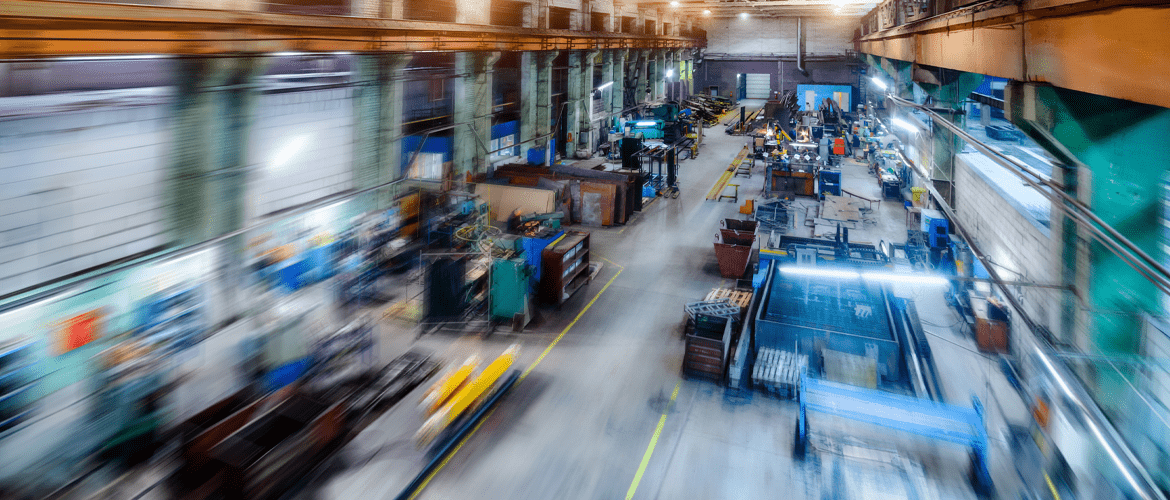There was a time, not so long ago, where we knew what each industry did. The automotive industry made cars, the apparel industry made clothes and the electronics industry made electronics. Now everything is a little less clear with industrial crossover.
Take the example of a seatbelt that senses the heartbeat of the driver and can provide alerts when a potential problem occurs or even take over should the driver pass out. Is this a wearable product? Is this a medical product? Is this an automotive product? The answer is yes, yes and yes due to blurred industry lines.
In January CEOs from Bosch, Comcast and Cisco joined David Kirkpatrick, Founder of Techonomy for a roundtable entitled ‘Fast Innovation - Disrupt of be Disrupted’. During that session Cisco CEO John Chambers made two statements that stuck in my mind. One was that 60% of current fortune 500 companies will be irrelevant in ten years and the other was that every company is a technology company. I think what John and the rest of the panel were driving at is that change is accelerating and the apparently robust business models or even industry models of the past may no longer be robust or even relevant.
The two examples regularly used as examples of cross-industry innovation and disruption are Uber and AirBnB, and these are indeed disruptive technologies. A black cab driver in London recently told me that some of his peers had set up a protest in the city against the arrival of Uber into their previously secure marketplace. The protest did nothing but highlight the taxi driver’s intransigence and promote the Uber brand resulting in a spike in membership. My taxi driver was pragmatic, ending with the words ‘you can’t fight the market’. AirBnB has similarly disrupted the hotel industry, providing people with a peer-to-peer tool to buy or sell accommodation. They have created new markets and new business models, disrupted the status quo and achieved substantial success doing so. Uber has been slated as having a value of $40Billion.
What the impact of disruptive technology means to the electronics manufacturing industry is a less predictable future where sectors are less important and solutions more so. Being an electronics manufacturing company may not be enough to succeed in the wearable electronics space for example, where the supply chains and manufacturing techniques of the clothing industry and now the fashion industry are becoming more important and are blurring with traditional PCBA (Printed Circuit Board Assembly) and box build. Likewise many consumer electronics devices may need FDA approval in the future as they start to have a role in the medical, fitness or wellbeing sectors of the industry.
Another challenge moving forward may be recognizing your customers and communicating with them. As the lines blur between companies in fashion and companies in technology or companies providing software and companies providing hardware it becomes harder to recognize who will be the purchaser of the almost half a trillion dollars of outsourced electronics.
Customers may no longer be the traditional industrial companies of the past. They may now, and often are, the small startups that quickly grow and acquire both new and traditional businesses. Look at Google and Facebook, who were the new kids on the block and are now the established giants seen as the most likely to acquire new tech startups and innovative disruptors like Uber or AirBnB.
Once you’ve recognized a startup as being potentially important, which is hard enough, you have to engage them. Communicating with them requires a more entrepreneurial approach that would not commonly be associated with many of the players in the industry. Often crowd funded, these startups causing industrial disruption are social media savvy and are ready to consider new models for their business as for the supply chain that supports it.
We no longer have visibility of which industry we are working in or for and we no longer know with certainty who our customers will be in the future and what they will need from us. For that reason many believe cross-industry innovation, change, and partnership are key ingredients for success. As car makers partner with content providers, Internet service companies and software companies and wearable technology companies partner with apparel and fashion brands, so too must the supply chain partner up to find the best solution to fulfill these products and deliver them to an ever more demanding global consumer.
So, if you’re feeling blurred and disrupted, get used to it, there’s more to come! The winners will be those that can adapt quickly to new ideas and business models and are open to innovative cross-industry partnerships with those they may have previously seen as irrelevant or even advisories.
Sign up for our blog
Stay up-to-date on the latest in manufacturing trends, insights and best practices.





